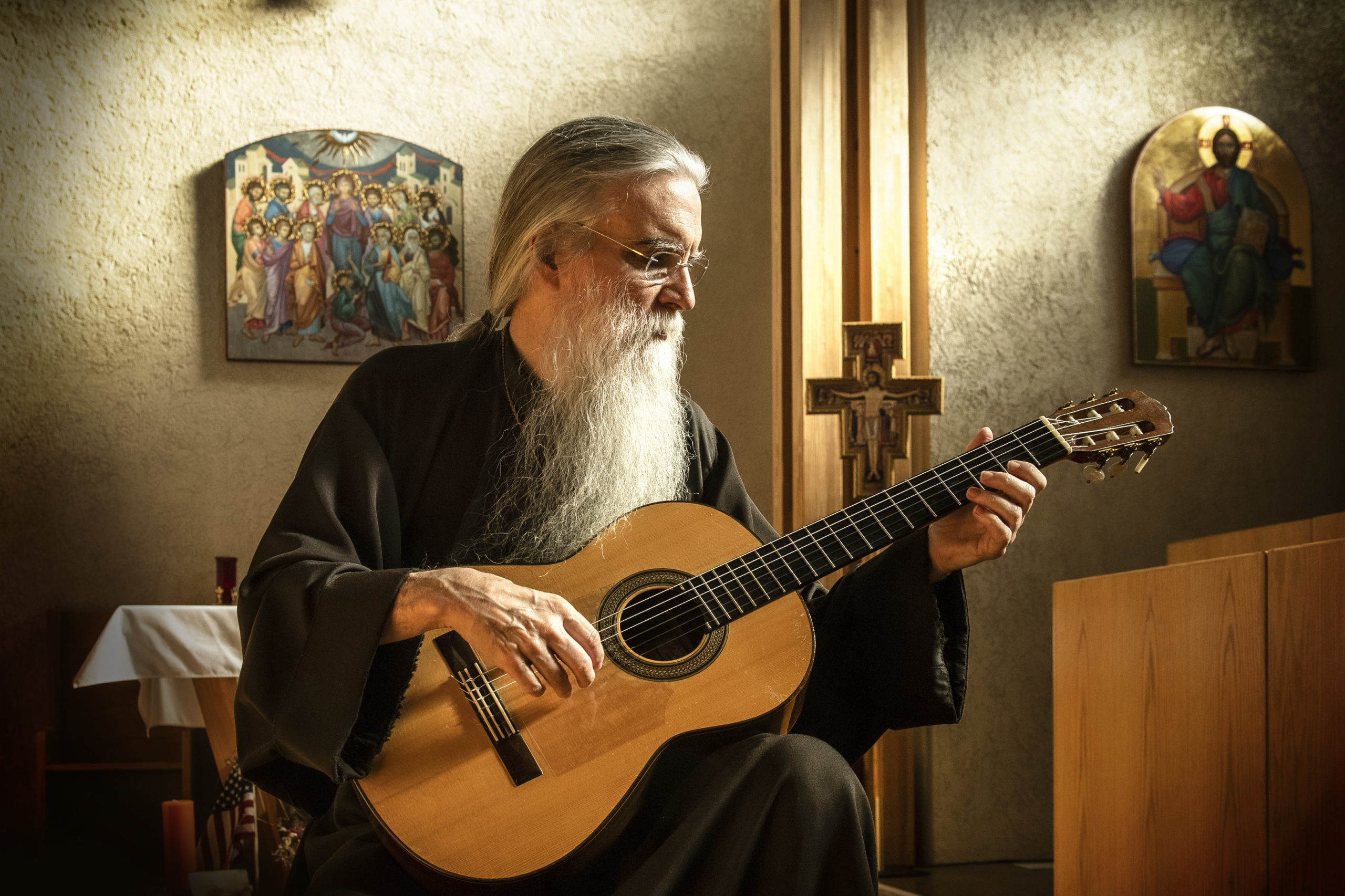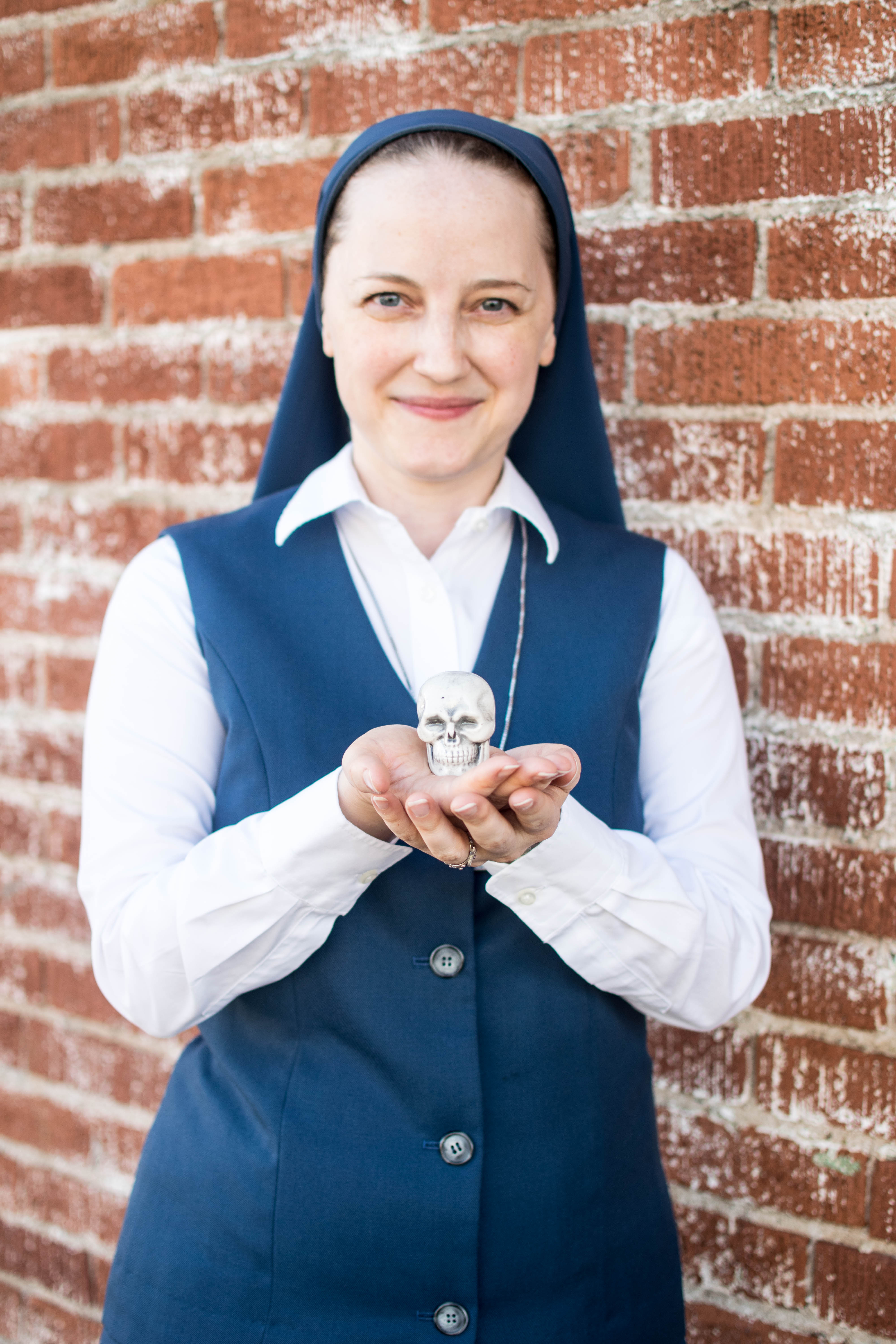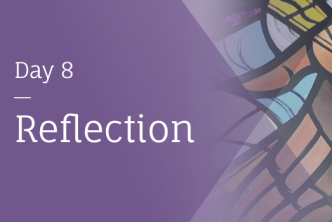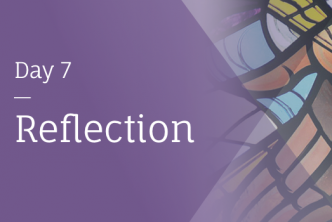How were you first introduced to the Jesus Prayer, and what inspired you to write a book about it?
I first discovered the Jesus Prayer early in my vocation at the old Alverna Retreat Center in Indianapolis, Indiana. I used it as a rosary that was more approachable for me as a Jesus People Protestant becoming Catholic. Later I discovered the wonders of the Marian rosary as well.
Many Protestants object to the repetitive element of prayers like the Jesus Prayer or the Marian rosary. However, in Scripture, Jesus does not condemn repetition, but vain repetition. The Lord’s Prayer, for instance in the Didache, is a repetitive prayer that the early Church prayed three times a day. What Jesus condemns is vain repetition. The Greek word used there means “a baby babbling words that they don’t understand.” So it’s not repetition that is the issue, but vain repetition.
I prayed, studied, and taught the Jesus Prayer for decades before writing about it. The main point is to drop the Prayer from the head to the heart, or the center of our being. But I found that some objective understanding of the words “Lord Jesus Christ, Son of God, have mercy on me, a sinner” were quite life-changing. So go through the Prayer word by word and unpack what I hope is a deeper meaning. Then we drop from the head to the heart—or the mystical center of our being—in an intuitional praying of those words that build on but surpasses mere objective meaning. It becomes a personal love relationship with Jesus Christ. As Pope Francis said at the beginning of his pontificate, “I invite every Christian at this very moment to a renewed personal encounter with Jesus Christ.” The Jesus Prayer is a great traditional tool to aid in that encounter.
You approach Eastern Christianity from the Franciscan tradition. What can Western rite Catholics learn from the East?
It’s true that I discovered Eastern Christianity when I was still a Franciscan in my early days. Indeed, St. Bonaventure had nearly achieved unity between the East and the West prior to the II Council of Lyons. Unfortunately, St. Bonaventure died before he could arrive at that ecumenical council. And as history shows, the unity achieved there only held together for a brief time.
As I grew into the more broad eremitical, or hermit, and monastic tradition, my love for Eastern Christianity expanded. It began with a deep appreciation of the desert fathers and mothers, who come from the Coptic tradition. In fact, that remains a real touchstone for my spiritual life along with the Franciscan and Benedictine traditions. And the great Franciscan scholar, Kajetan Esser, was famous for saying that St. Francis was like a desert father for the West. The main difference was he was a father for the whole world, while desert fathers were mainly over particular monasteries and monks. I also grew in my love for Athonite and Russian monastic spirituality, just to name two.
From the monastic appreciation of the East, I crossed over into a love for Eastern Liturgy, which I still cherish today. I’ve studied Eastern Liturgy in some depth. In my studies of Eastern Liturgy, I discovered a new richness when I prayed the Roman Liturgy, which flows from the same source and encompasses all the same essential elements but in a more spartan and brief form. All of the various streams of Eastern and Western Liturgy contain the same essential elements that unites them all. Jesus’ Real Presence in the Eucharist is the source and summit of all of them.
I also have a great love for icons. The West tends to have sacred art, and the East has icons. We look at sacred art for inspiration. The icon looks at us to inspire us and draw us into eternity. The icon is a window to heaven in which Jesus, the Trinity, and the saints and scenes depicted first gaze at us and draw into that heavenly reality. This is very different from the average Western approach. It is incredibly incarnational.
In our monastery church we have wonderful icons from Oleh Skoropadsky in Ukraine of our patron saints, Francis and Clare of the thirteenth century mendicants, Benedict and Scholastica of Western monasticism, Romuald and Bruno—the semi-eremitical reformers of the tenth and eleventh centuries—Antony and Pachomious of the Desert, and Basil and Augustine with a kind of patristic urban monasticism. It is wonderful to be reminded of such a great communion of monastic saints whoever we pray in chapel together or privately.
How does your research and preparation differ when writing music versus writing books?
The research is very similar. I tend toward rather extensive word studies of Scripture and historical studies of saints. I say that I am not a scholar, but my music and books are based on scholarship. I read scholars and depend on their scholarship, but I am not a scholar. I’m just a lay monastic and musician who loves scholars.
But the actual creative process between writing books and music is quite different for me. My music tends to flow naturally out of years of prayerful study, but it flows in the Spirit on a more intuitional level. Writing books contains much of that same inspiration but must by its nature deal more objectively with the subject. But I must admit that some of my better book writing flows from a place that I simply call “the zone.” That zone is a place of deep prayer where time and space break through to eternity and infinity. And my best writing of both music and books comes from that place of prayer.
What role can technology play for those pursuing contemplative, mystical, and monastic life?
It plays a significant role now but didn’t in the beginning. In the beginning I wrote out all my books and music by hand on legal pads. We had copious collections of my handwritten books and music before our Monastery fire of 2008, which destroyed all our archives, including my family heritage and all my old manuscripts. It was a devastating loss that still reminds me that much that we value in this life is temporary at best. Only our life in Jesus is eternal. In the end, it’s all that matters.
I must admit that I loved writing books by hand in those days. There’s something quite personal about writing a text in your own hand. And when I look back on the few surviving manuscripts that I have from that era, I can see that when I really got into “the zone,” my handwriting opened up and became more beautiful. It became a prayer. When I was writing more on the human and objective level the writing tended to become smaller and more compressed. There is something quite significant for me there.
But it was also quite difficult to do research into commentaries from Greek and Hebrew word studies in those days. It took having access to our large library and sitting at a large table or desk with numerous books stacked and opened before me as I wrote. Sometimes I joke and say that was when I developed migraine headaches, which I now know are part of my hereditary inheritance!
The use of computer technology, the internet, and of course programs like Verbum have made such study much easier and less time consuming. Greek and Hebrew word studies became much simpler. And I have found that readers enjoy at least the taste of such things to open up the meanings especially of biblical texts. However, I still prefer to write my music by hand.
And I confess that I don’t find ordinary daily reading books on a tablet or computer as satisfying as sitting with a hard copy book on my lap in a cozy chair for a deeper contemplative read. Somehow for me, the spirituality of the text gets written deeper into my spirit and soul when I prayerfully read hard copy books. Some say that this is generational. But I have heard from publishers that even younger readers have a similar experience.
In the end, I’d say that these two modes of writing and study, by hand or with a computer, complement one another. I love programs like Verbum and the now classic Microsoft Word. But I also like to write by hand and read hard copy books for spiritual reading.
Do you have any prayer requests for our readers?
We take many prayer requests at Little Portion Hermitage and Monastery. And we pray for them daily. I deeply appreciate your asking me for our requests!
We see an evolution, or some would say a degeneration, in Western civilization today—and even throughout the world—that is quite troubling. Despite our many strides forward, we have lost something precious. We are losing God, or at least a traditional understanding of faith and morality in God. Christians are having to learn to minister from the margins as we no longer represent the mainstream of the culture in which we live. Consequently, we are often misunderstood, despite our best attempts to communicate. We have been marginalized and even demonized. Worse yet, we are simply ignored. Some of that is our own fault due to living our faith badly. Some of it is just part of being counter-cultural in a godless secularist culture. It is harder and harder to attract vocations to monastic life in a culture that sees little value in Christianity, much less in monastic Christianity.
But there is good news! Development of doctrine comes through specific questions and challenges to our faith that require more specific answers. Growth isn’t always easy. Sometimes it is downright clumsy! And historically, the Church always grows stronger during times of persecution or seeming irrelevance. She grows from the seed of the blood of the martyrs, both red, white, and green.
Monasteries provide a wonderful opportunity as havens of prayer and hospitals for the soul in the midst of increasingly godless secularism in Western culture. And many come to dip in the deep spiritual waters of the soul found in monasteries. The problem is that many want to affiliate or visit monasteries. But without actual monastics to run these monasteries, they will soon disappear, and there will be no monasteries with which to affiliate or visit. But there remain those courageous souls who dare to give up everything, quite literally, to become disciples of Jesus Christ as monastics. So we need prayers for new monastic vocations. And we need prayers and donations for the maintenance of these holy places.
Here at Little Portion Hermitage and Monastery, we continue with my various ministries: music, books, personal appearances, and my online Inner Room School of Spirituality, as well as Little Portion Bakery, which produces some of the best granola and baked goods you’ve ever tasted! We also operate a Retreat Center, which is opening up again after COVID, and Pilgrimages and day visitors who come as a steady stream. So we need your prayers and support to keep these ministries operational. They remain blessings beyond what I could have imagined when I first embraced Jesus in monastic life 41 years ago. The wonder of this life has exceeded my wildest dreams or expectations. All things are possible with God!







